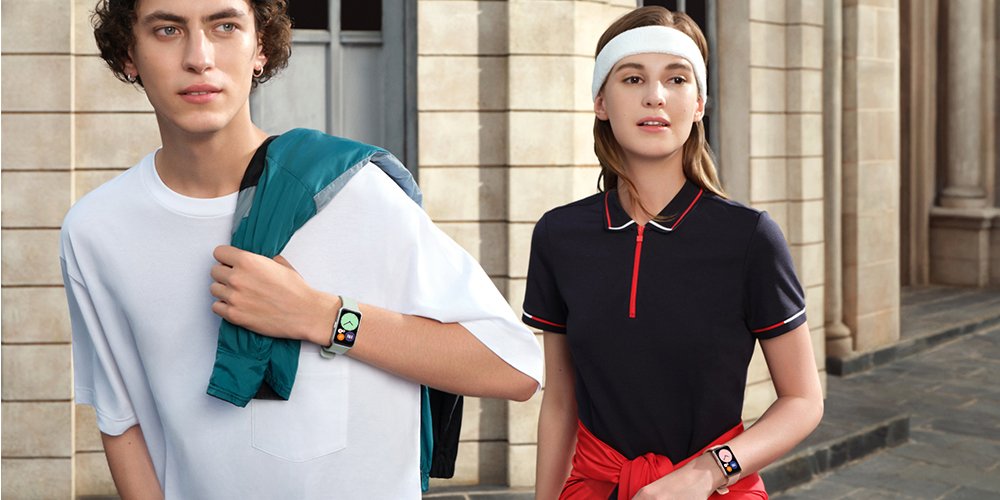TPR combines the elastic features of rubber with the benefit of processing located in plastics. It gives remarkable elasticity and tensile strength, making it appropriate for programs requiring flexibility and resilience. TPR is also abrasion-resistant, ensuring long-lasting performance in various environments. Its capacity to be molded and colored effortlessly enhances its versatility for unique products.
Additionally, TPR can face up to moderate temperatures, ranging from -40°C to 120°C, and provides excellent resistance to water and moisture. To learn more about TPR you should first know what is tpr material. Whilst it has slight resistance to chemical substances and UV light, TPR is recyclable, contributing to its environmental enchantment. Those properties make TPR a famous choice for a wide range of industries, along with automobiles, footwear, and customer goods.
Main Application Of TPR Material
TPR is an increasing number of applications in a selection of applications. Its versatility, durability, and simplicity of processing make it a popular desire throughout a couple of industries. This article explores the main applications of TPR material, highlighting its blessings and capabilities.
Footwear Industry
One of the maximum prominent packages of TPR is inside the shoe industry. TPR’s flexibility and durability make it an exceptional desire for shoe soles, presenting comfort, shock absorption, and put-on resistance. In contrast to conventional rubber, TPR may be molded into complex shapes and designs, presenting aesthetic versatility and the ability to supply problematic styles and textures. It also resists abrasion and weathering, making it appropriate for diverse styles of footwear, from informal footwear to sports and work boots.
Consumer Goods
TPR is significantly used in client goods because of its flexible properties. Items such as toothbrush handles, kitchen utensils, and toys regularly comprise TPR because of its softness, grip, and durability. In toothbrushes, TPR presents a comfortable, non-slip grip and allows for generating ergonomic designs. In kitchen utensils, it offers a non-slip floor, that is critical for protection and ease of use. Toys crafted from TPR are secure because the cloth is non-toxic and can face up to hard dealing with.
Automotive Industry
Within the automotive sector, TPR is applied for diverse additives due to its resilience and ability to resist environmental stresses. It’s far generally used for weather stripping, seals, gaskets, and indoor trim components. TPR’s resistance to warmth, chemical compounds, and ozone makes it ideal for packages uncovered in harsh conditions. Additionally, its flexibility ensures that additives together with seals and gaskets fit tightly, preventing leaks and ensuring the finest overall performance of car structures.
Medical Devices
The clinical industry benefits drastically from TPR’s properties. It’s miles used in the production of medical devices and equipment which include grips on surgical devices, catheter additives, and dental merchandise. TPR’s biocompatibility, combined with its flexibility and sturdiness, makes it suitable to be used in medical applications in which comfort and reliability are vital. The material’s potential to be sterilized similarly complements its enchantment for medical uses.
tal elements guarantee the protection and sturdiness of electronic devices and additives.
Commercial Programs
In commercial settings, TPR is employed for various functional and defensive additives. It’s miles used within the manufacturing of conveyor belts, bumpers, and vibration isolators. TPR’s ability to absorb shock and vibration, mixed with its resistance to put on and chemical publicity, makes it ideal for demanding commercial applications. Its processing versatility additionally permits personalization to satisfy unique performance requirements.
Sports and Undertaking
The sports activities and undertaking enterprise advantages from TPR’s flexibility and impact resistance. It’s miles used inside the manufacturing of sports activities system inclusive of grips for bats and racquets, as well as shielding gear like knee pads and elbow pads. TPR’s cushioning properties help in reducing impact and improving comfort, making it appropriate for numerous carrying packages.
Conclusion
Thermoplastic Rubber (TPR) is a particularly versatile material with an extensive variety of packages throughout different industries. Its unique aggregate of elasticity, sturdiness, and ease of processing makes it an appealing desire for footwear, customer goods, automobile components, clinical devices, creation, electronics, industrial uses, and sports systems. As technology and material science continue to develop, TPR’s packages are likely to amplify even in addition, solidifying its position as a vital material in each normal product and specialized device.







